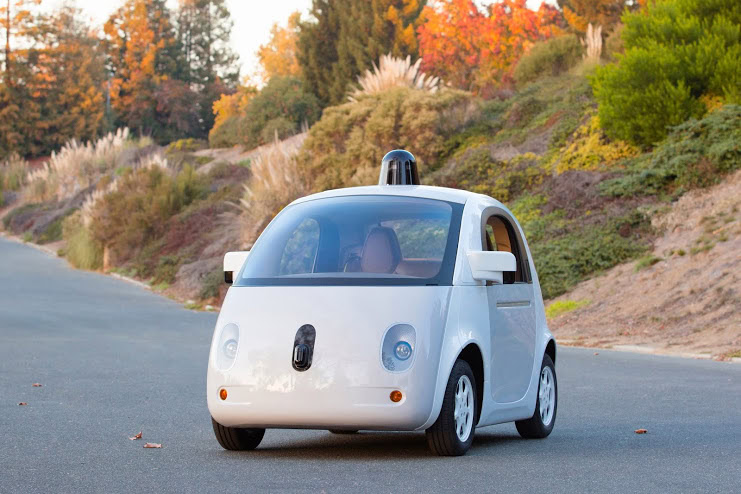Affiliate links on Android Authority may earn us a commission. Learn more.
Google's self-driving cars will crisscross Mountain View starting this summer

Google‘s self-driving car may be cute, but the Mountain View-based giant is dead serious about it. Following the introduction of the bug-eyed two-seater in May 2014, Google announced it’s now ready to let a fleet of 25 self-driving cars loose on the roads of Silicon Valley.
“Loose” may be an overstatement though, as the cars won’t be fully autonomous – as required by California regulations, a human will be in the driver’s seat at all times, ready to take over should the complex software driving the car found itself in difficulty. The cars will be equipped with steering wheels and pedals, controls that Google hopes to make obsolete within a few years.
Google’s cars have reportedly drove themselves over 1.7 million miles since 2009, but not without incidents. Google revealed earlier this week that its vehicles were involved in 11 minor accidents so far. That sounds very little, but the rate is actually higher than the national average of 0.3 incidents per 100,000 miles. However, Google claims the higher incident rate is because the national average is grossly under-reported. Most of the 11 accidents were caused by other cars, according to the company.
Beginning this summer, 25 self-driving prototypes will crisscross Mountain View and the surrounding areas at a top speed of 25 mph. Google will launch a website for the community to report feedback on the trial and offer regular updates on its findings.
Google says its software has already mastered driving under normal conditions, and it gets smarter all the time. The software powering Google’s cutesy prototypes is actually the same as the one running a fleet of Toyota and Lexus factory models that Google has been using for several years now. The information collected by each vehicle is fed into the entire fleet, meaning that Google is amassing huge amounts of info every day. However, Google still needs to prepare for all the unexpected conditions that could appear on the road, and this almost infinite potential for edge cases is what’s going to make or break the project.
As for when commercial self-driving vehicles will hit the road on their own, project lead Chris Urmson said that it’s close to five years. Unfortunately, Google said the same thing in 2012. But who said it’s easy to create a self-driving car?